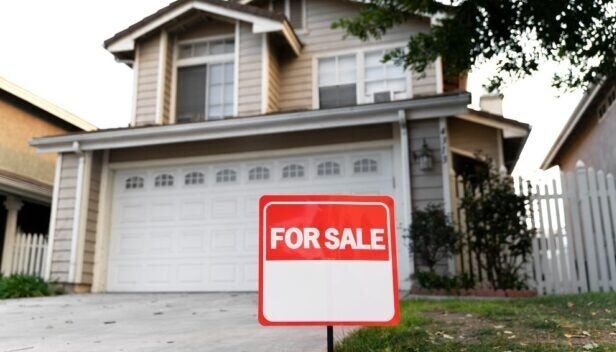Housing control bill shot down in Assembly after crossover
Published 12:55 am Friday, February 14, 2025
|
Getting your Trinity Audio player ready...
|
Over the last three weeks, HB2641 tore through the Virginia House and Senate, getting approval from multiple committees and eventually a majority in the full House. But Charlotte residents and lawmakers alike breathed a sigh of relief late last week, as the housing control bill was “set aside indefinitely” in the Senate Finance Committee, which means it won’t be brought up again during this Assembly session.
This was the latest in a series of bills which would have changed how everything from solar approval to housing permits are given out in Virginia. The concern for many, both from nonprofit groups and local residents, was the fact these bills would have set up state advisory boards that could overrule local decisions.
HB2641 made it through the House on Crossover Day by a 50-48 vote. It requires all counties, cities and towns to “increase their total housing stock by at least 7.5% over the five-year period beginning Jan. 1, 2027.” That requires at least a 1.5% housing growth rate for five consecutive years.
The bill also would have required each locality to develop a housing growth plan, showing how they plan to add more housing and when that will take place. Each county and town, as part of that growth plan, has to incorporate one of the “housing growth strategies” listed in the bill. We’ll go over those in a minute. That part has drawn some concern, but it’s not what the majority of opponents are upset over. It’s the next part that generated some strong feelings.
“The bill further provides that, after January 1, 2032, an applicant who seeks local government approval for a residential development that will have the effect of increasing the supply of housing in a locality and has that application rejected may, in addition to other remedies, appeal such decision to the Housing Approval Board,” the document states.
There is currently no Housing Approval Board. It would have been created by the Department of Housing and Community Development, and given the authority to override local decisions. That’s not hidden either. It specifically says, both in the text and in the bill summary that “the bill authorizes the Housing Approval Board to overturn local decisions and approve applications under certain circumstances.”
A loophole for housing control bill
Now if the Housing Approval Board saw that the city, county or town has followed a number of certain steps, it won’t overturn the local decision. But in order to get that far, first the locality has to show they did in fact implement at least three of the housing growth strategies listed in the bill.
And the “housing growth strategies” would cause some dramatic changes in rural areas like Buckingham or Cumberland. First, they call for elimination of lot size requirements or reduction of those requirements by at least 25%. Second, increase building height limits for housing properties by at least 25%. Third, streamline the permitting process and shorten the time to get approval by 25%. Fourth, take land currently zoned for single-family homes and allow high-density housing, including multi-family units. A final strategy calls for eliminating requirements for off-street parking minimums per housing property or reducing them by 25%. The note on the bill says you also get extra credit for “increases in affordable housing and for the rehabilitation of current, underutilized housing stock.”
Once at least three of those are implemented, regardless of the situation, the county or town would then also be required by the state not to reject more than 25% of all proposed housing over a five year period. If all of that happens, then the Approval Board won’t overturn their decision. Also, counties and towns would have one year to adapt these changes, as this bill would take effect on July 1, 2026.
Cost of the housing control bill
So how much would this have cost? The State Department of Planning and Budget took a run at answering that question. They put together a report earlier this week and had to admit they don’t know. They don’t know how much this would cost counties, towns and cities, as each locality would have to go through and change their ordinances, as well as their comprehensive plans. The budget report warns that there will likely be a significant number of counties that don’t achieve the goals in that first year and a program administrator would need to be hired to work with them, along with staff for the housing board. That would add up to a cost of $144,000 annually for salaries. The report also estimated that $5,000 would be needed to compensate the state housing board members, for the multiple meetings likely needed.
What happens next?
Unlike similar bills, which died quickly this session, HB2641 went through at a pretty steady rate. Two weeks ago, it crossed over to the Senate, got assigned to the Committee on Local Government and within five days, was presented for a vote, getting approved by a 7-6 vote on Monday, Feb. 10. Luther Cifers, the District 10 State Senate representative for this area, was part of the committee and he voted against the bill.
That’s when things took a turn. It got assigned to the Virginia Senate’s Finance and Appropriations Committee, where it showed up on the docket late last week. And that committee made sure it wasn’t going anywhere. By a unanimous 15-0 vote, the committee indefinitely “laid it on the table”, meaning that it won’t be moved out for a vote of the full Senate at any point in this session.






